On the edge of Europe, dipping into the European side of Kazakhstan, the Volga Delta is the largest of its kind in Europe. The river itself plays an iconic role in Russian life, winding round the European part of the country for over 3500km before emptying into the Caspian Sea.
The Volga Story
![]()
The Volga has a long a complex history, where even its name stems from a pre-Slavic word “vlga”, which means “moisture”. Over its history, the Volga saw trade along its river route, carrying furs, honey, even slaves and metals engraved with Arab caliphates. Civilizations mixed, blended and fought on its banks, from Huns to Sarmatians, through to Tatar, Khazars and Mongols. The river has become engraved in Russian art and culture, immortalized in literature and paintings.
However, the Volga Delta is just as diverse in its flora and fauna as in its people and history. You’ll find a unique mix of species carrying wildlife from European, Asian and Caucasian ecosystems, with a mix of birds, particularly in the Astrakhansky Zapovednik reserve, plant life and fish.
Delving into the Delta
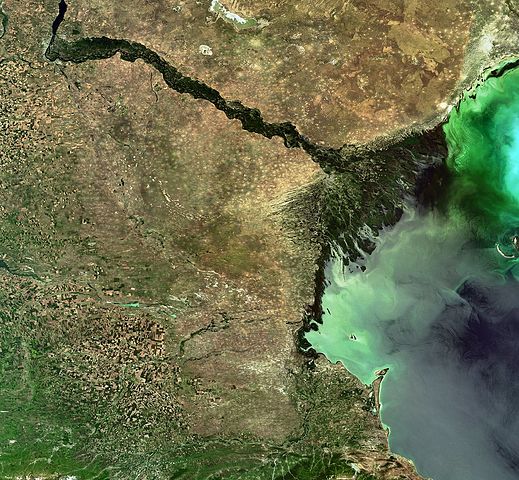
Every Russian school kid learns that the Volga drains into the Caspian Sea, but what’s less known is that the fluctuating level of the Caspian Sea has caused the Volga Delta to split into three zones.
The higher parts of the delta are affectionately called Baer’s Mounts after the researcher who worked on the region. These linear ridges of clay-laden sands can range from 5 to 22 meters in height and even stretch for 10km. These mounts create mini bays of salt and fresh water, which are depressions between the mounds called “ilmens”, most likely caused by underwater or river flow across the delta.
The second zone is made up of active and abandoned water channels, dotted with small dunes and flats of algae. The final area is a broad platform that’s spread out up to 60km beyond the shore.
Astrakhan and around the Volga Delta
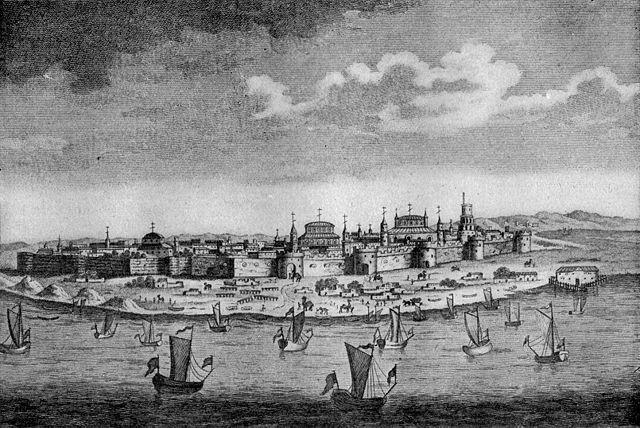
Astrakhan is the largest city close to the Volga Delta. The city has a fascinating cultural heritage that goes back centuries, and a melting pot of cultures. Even though it’s a European city, Astrakhan’s neighbours along the Caspian Sea make it an interesting city with an exotic twinge.
Not unlike Venice, Astrakhan is built on islands that are linked together with canals and bridges. The main sites in the city include its traditional Kremlin and its cathedrals. There is also a historic trading quarter, once linked up to exotic destinations on the Silk Road, where traders from India and Persia used to come.
If you’re into fishing or hunting than the Volga Delta is for you. This region around the Volga is a fisherman’s paradise, and the delta offers plenty of opportunities for trophy hunting, spearfishing and fishing in general.
But for those who simply love nature, you can marvel at the natural beauty of the Volga Delta or visit the lotus fields just outside Astrakhan.
Astrakhan is also renowned for its sturgeon production and caviar, so you too can immerse yourself in fine dining as you get the energy together for the epic drive into Kazakhstan.


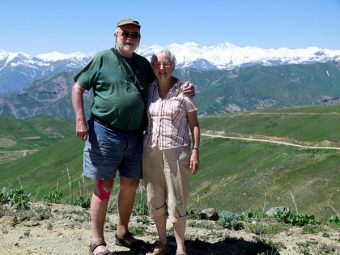
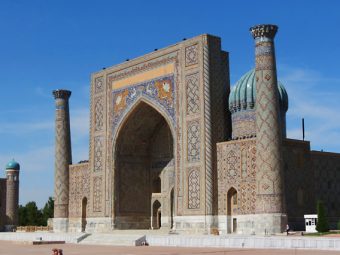
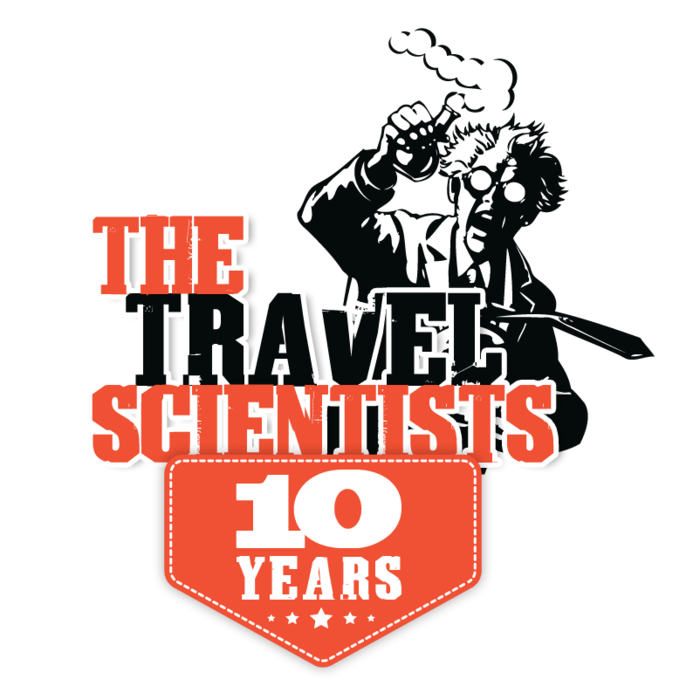
Leave a Reply